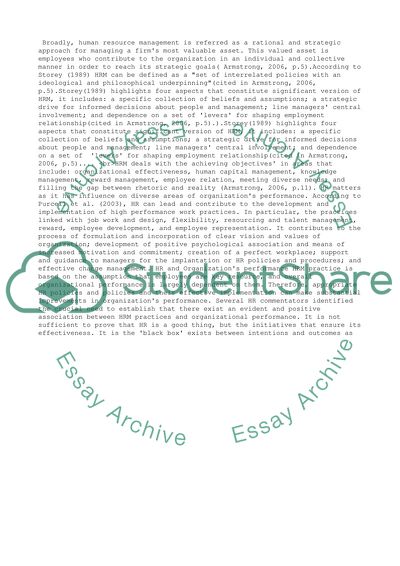Cite this document
(“What Is HRM, And Does It Matters HR And Organization's Performance Essay”, n.d.)
What Is HRM, And Does It Matters HR And Organization's Performance Essay. Retrieved from https://studentshare.org/management/1446341-what-is-hrm-and-why-does-it-matter
What Is HRM, And Does It Matters HR And Organization's Performance Essay. Retrieved from https://studentshare.org/management/1446341-what-is-hrm-and-why-does-it-matter
(What Is HRM, And Does It Matters HR And Organization'S Performance Essay)
What Is HRM, And Does It Matters HR And Organization'S Performance Essay. https://studentshare.org/management/1446341-what-is-hrm-and-why-does-it-matter.
What Is HRM, And Does It Matters HR And Organization'S Performance Essay. https://studentshare.org/management/1446341-what-is-hrm-and-why-does-it-matter.
“What Is HRM, And Does It Matters HR And Organization'S Performance Essay”, n.d. https://studentshare.org/management/1446341-what-is-hrm-and-why-does-it-matter.


